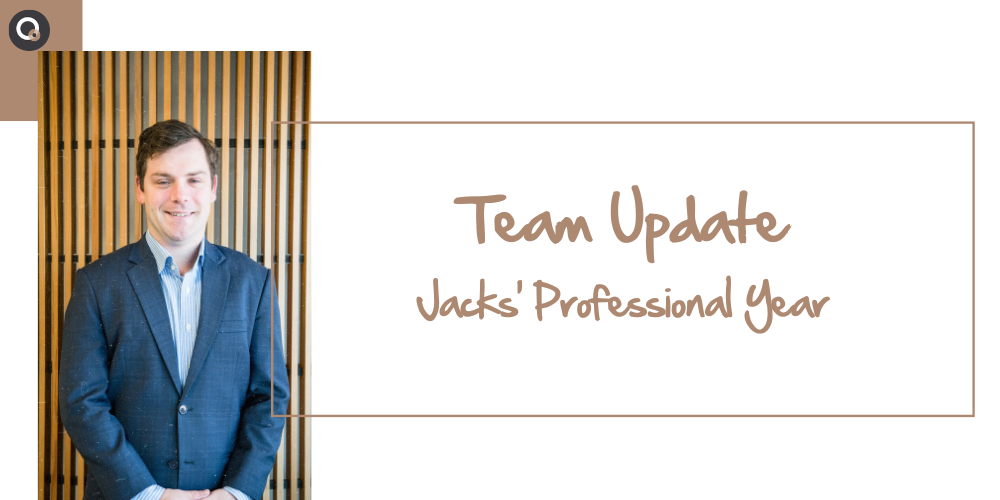Depending on your strategy and goals, this adjustment may assist you to enhance your retirement savings. In this article, we’ll delve into what these changes could mean for you.
Understanding the New Super Contribution Caps
Key Changes:
1. Concessional Contribution Cap: The standard concessional contribution cap will increase from $27,500 to $30,000. This cap includes employer contributions and any salary-sacrificed amounts.
2. Non-Concessional Contribution Cap: The non-concessional cap will rise from $110,000 to $120,000.
3. Bring-Forward Rule: The maximum non-concessional cap available will increase from $330,000 to $360,000.
4. The Total Superannuation Balance Thresholds, used to determine the maximum amount of bring-forward Non-concessional contributions available to an individual, will also be adjusted.
Additionally, several other thresholds will be impacted, including government co-contributions, CGT contribution caps, and redundancy tax-free thresholds.
Why These Changes Matter
Enhanced Contribution Opportunities
Increased contribution caps expands the amount you can contribute to your superannuation each year, offering greater potential for tax-advantaged savings.
Strategic Tax Planning
Contributions to your superannuation, inline with your financial strategy, can provide you with tax benefits. With higher contribution limits, there’s an opportunity to reduce your taxable income more effectively while increasing your retirement savings.
Maximising the Bring-Forward Rule
For those eligible, the bring-forward rule allows higher non-concessional contributions over a three-year period. With the new caps, eligible individuals can now contribute up to $360,000.
Proactive Steps You Should Take
1. Chat with Your Financial Adviser: Before making any changes, it’s vital to discuss your options with your financial adviser. We can provide tailored advice based on your unique circumstances and ensure your strategy aligns with your long-term goals.
2. Consider Salary Sacrifice Arrangements: Explore salary sacrificing additional amounts into your superannuation. This can be an effective way to maximise the concessional cap while reducing your taxable income.
3. Evaluate Eligibility for Bring-Forward Rule: Determine if you qualify for the bring-forward rule and how to make the most out of the increased non-concessional cap.
How We Can Help
At Qualia Wealth, we specialise in crafting bespoke financial strategies that align with your individual goals and circumstances.
We understand that the intricacies of financial planning can be overwhelming. That’s why we’re committed to providing you with clear, actionable advice and personalised strategies. Whether you’re looking to maximise your superannuation contributions, optimise your tax position, or simply secure a more comfortable retirement, Qualia Wealth is here to help.
Remember, effective financial planning requires both knowledge and action. By understanding these changes and taking proactive steps, you can maximise your superannuation savings and secure greater financial stability in your retirement years.
Ready to take control of your financial future? Contact Qualia today to start planning your strategy and make the most of the upcoming super contribution caps increase. Let’s secure your tomorrow, today.
For more insights and personalised advice, reach out to our team directly.




